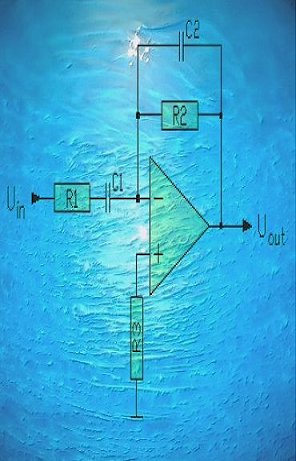Several people have asked me lately about book recommendations for students and high school teachers to learn basic electronics. And while there are plenty of texts suitable for the college student, there are precious few works that can present aspects of electronics in a clearly simple form that is not dumbed-down to the point of silliness and is still fundamentally correct. There are always canonical references such as Horowitz and Hill's "The Art of Electronics" to help the teachers out, but more than 60% of that material will be virtually out of reach for the typical secondary student.
But just this morning, I stumbled upon a very nice online reference / textbook on introductory electronics called "The Fundamentals of Electrical Engineering and Electronics."

Although I though the ordering and organization of some of the chapters fell a little out of the sequence I would have used, the material is concise and simply stated, mostly correct, and replete with useful photos, examples and web links to take some of the basic theories and mathematics and translate them into working circuits, complete with descriptions of necessary lab equipment and how to use the tools, meters, scopes, and whatnot.
Any of you would-be circuit or robotics hackers should check it out!

















































